New Report Says Landmarked Districts Don’t Protect Affordable Housing
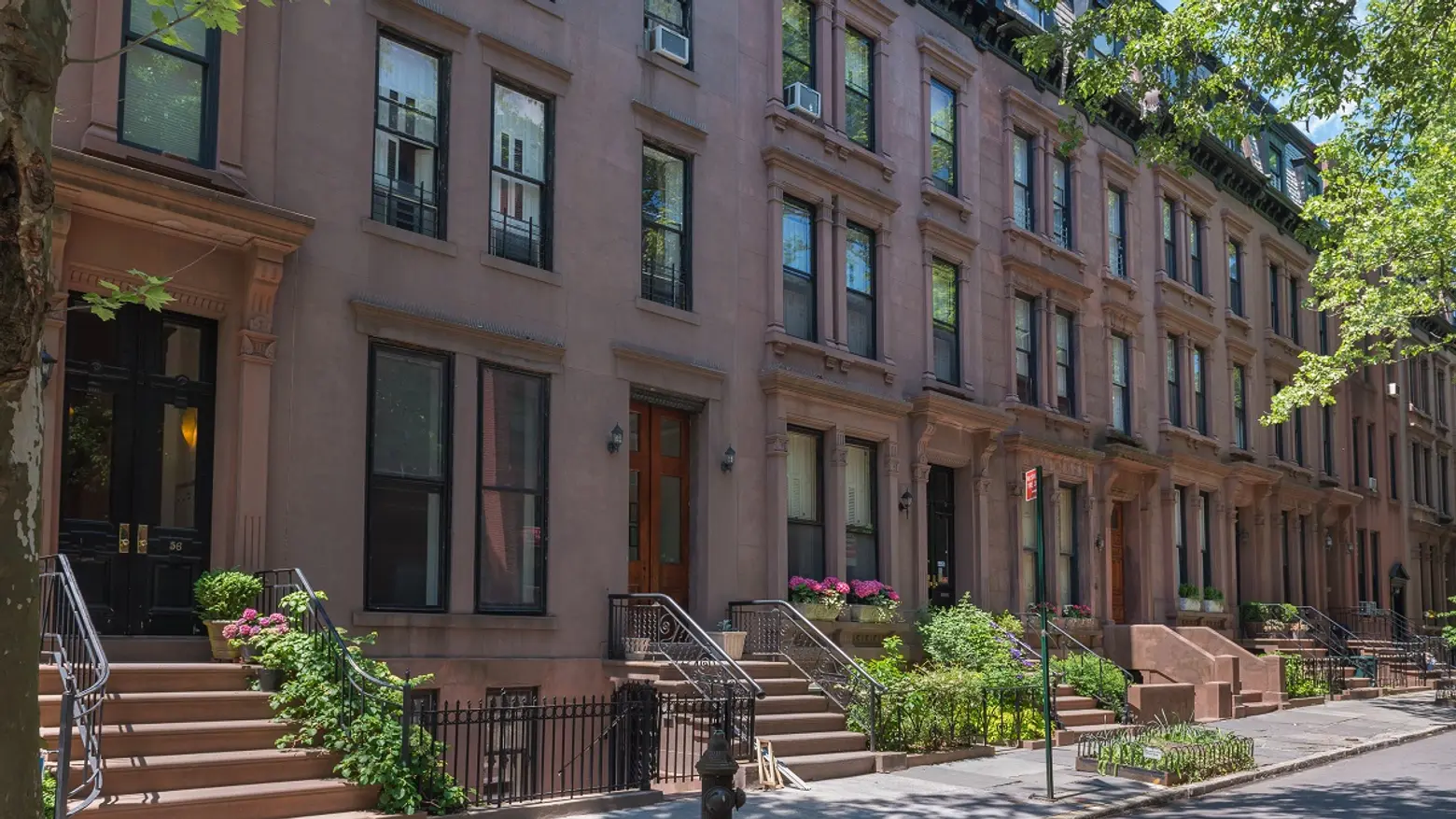
Historic brownstones in Brooklyn Heights via City Realty
The war wages on between the Real Estate Board of New York (REBNY) and citywide preservationists. Many thought the contention between the groups over whether or not historic districts lessen affordable housing was a personal sentiment of former REBNY president Steven Spinola. But his successor John Banks has released a new report that claims landmarking doesn’t protect affordable housing.
The report looks at the number of rent-stabilized units in landmarked and non-landmarked districts between 2007 and 2014, finding that “citywide, landmarked properties lost rent stabilized units (-22.5%) at a much higher rate (-5.1%) than non-landmarked properties.” Of course preservationists quickly fired back. Andrew Berman, executive director of the Greenwich Village Society for Historic Preservation (GVSHP) calls the study “bogus” and says it does nothing to address how many units would have been lost had these areas not been landmarked.
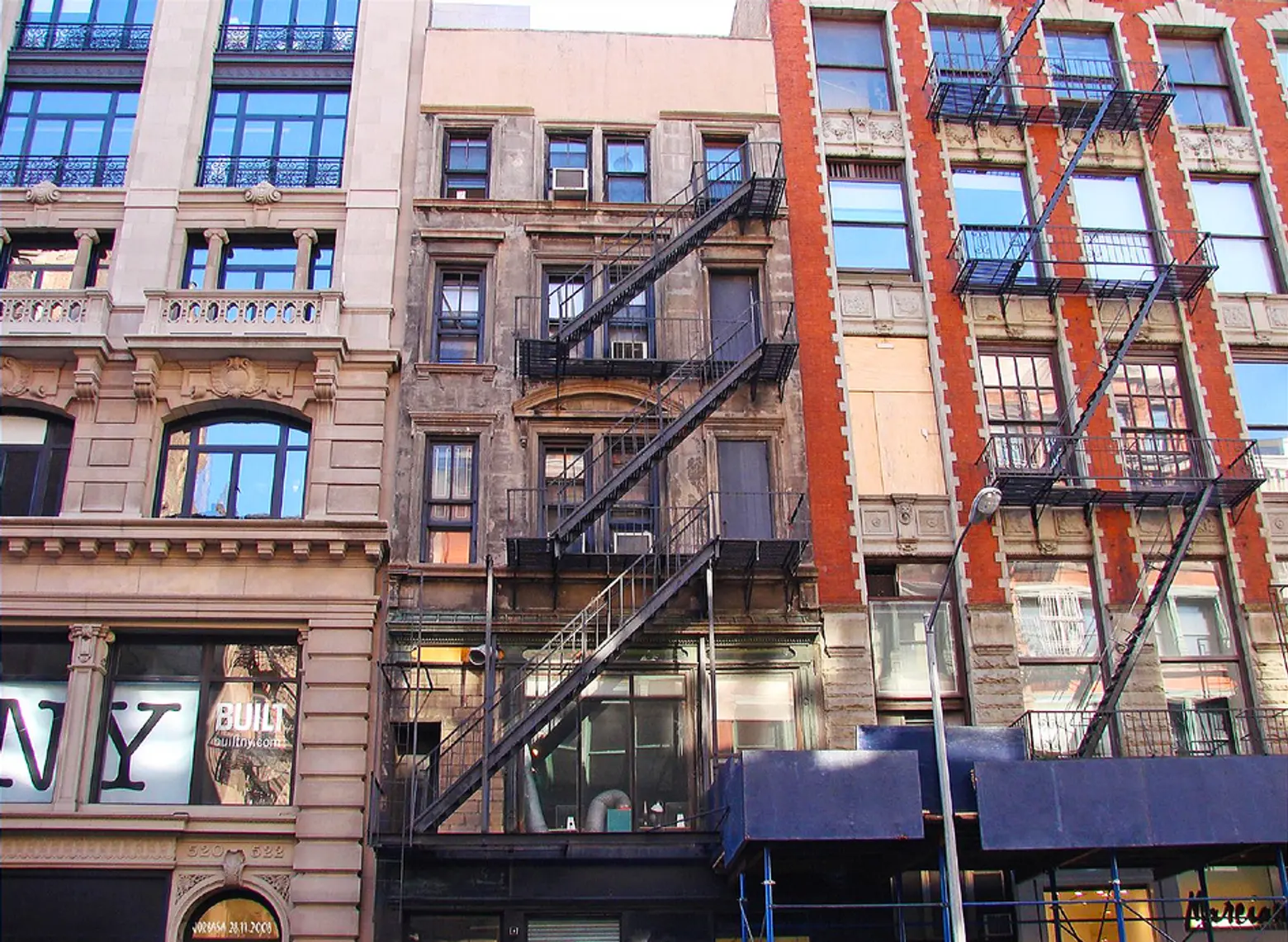
As Crain’s points out, the REBNY report “was designed to undercut a key pro-landmarking argument used by preservation groups.” According to the study, in Manhattan, the number of rent-stabilized units in landmarked districts decreased by 24.5 percent compared to 11.5 percent in non-landmarked areas. Specifically, they point to Greenwich Village, where 1,432 units were lost, and the Upper West Side, where 2,730 units were lost. In Brooklyn, rent-stabilized units showed a 27.1 percent decline in landmarked districts, whereas the decline in non-protected areas was only 3.4 percent.
Other claims the report makes are that between 2003 and 2012 only five new units of affordable housing were built in Manhattan historic districts, which comprise nearly 30 percent of the borough, and that landmarked properties have a significantly less diverse population in terms of racial and ethnic makeup. One thing is for sure, though, when it comes to the topic of landmarking, these two groups rarely, if ever, agree. Back in April, for example, when the City Council proposed a new bill that would automatically consider any 50-year-old building for designation, REBNY spoke out saying that already 25 percent of the city is landmarked, while GVSHP put the statistic at 3 percent.
In his statement in response to the new report, Andrew Berman said, “Given that without landmarking many of these areas would have seen the wholesale demolition of buildings, including those with rent-stabilized housing, it’s clear on its face that many more units of rent stabilized housing would have been lost in these areas were it not for landmark designation.” He added, “How stupid does REBNY think New Yorkers are that anyone would buy this?”
Download the full REBNY report here.
RELATED:
- City Council Announces New Task Force on Tracking and Preserving Affordable Housing
- Rent Stabilization Demystified: Know the Rules, Your Rights, and if You’re Getting Cheated
- Historic Districts and Landmarking: What They Mean (and How They Could Affect You)
- New Map Shows Where More Than 50,000 Rent Stabilized Apartments Have Been Lost
Get Insider Updates with Our Newsletter!
Leave a reply
Your email address will not be published.

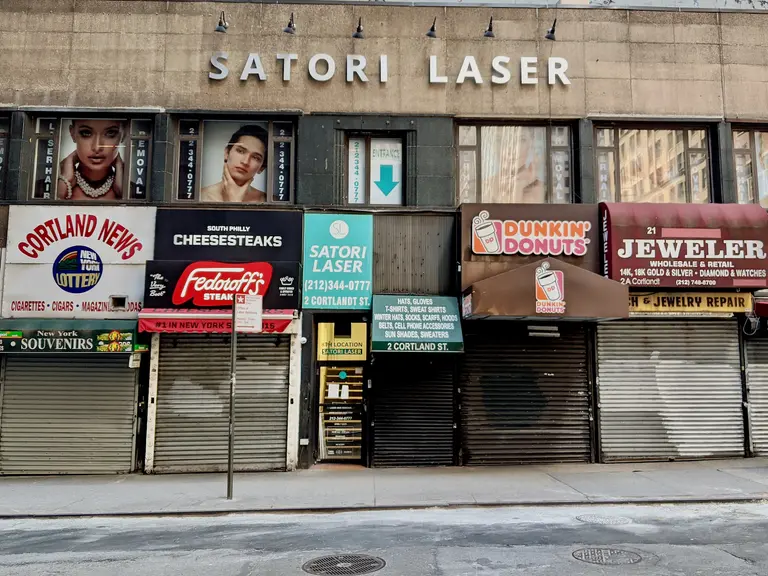


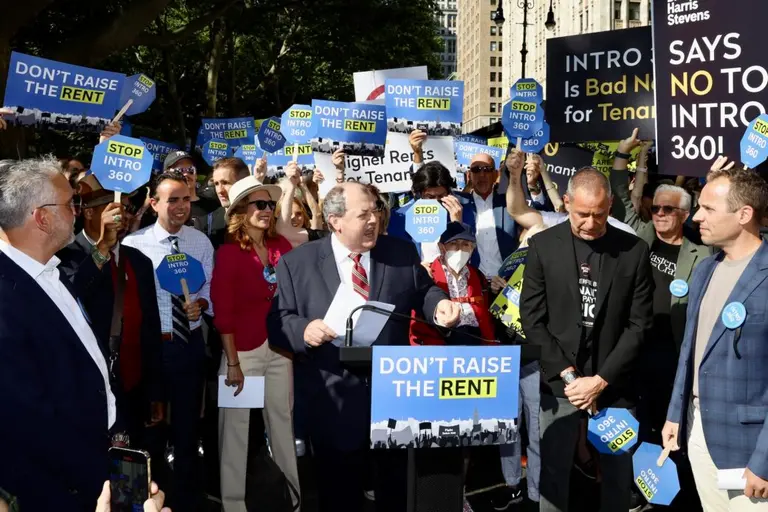










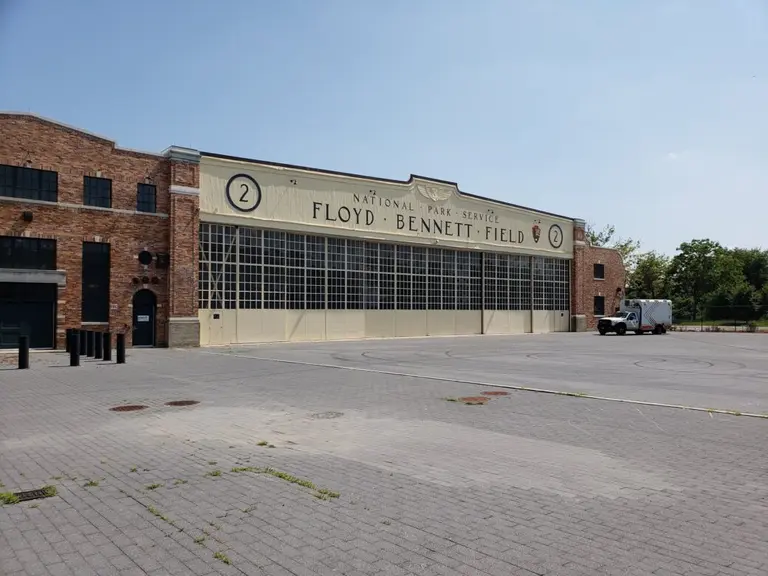












To quote Bojack Horseman: Whaaaaaaaaaaaaaaaaaaaaaaaaat?